Voter Education: Mail-in Votes
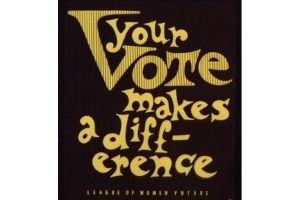
As primary elections continue during the pandemic, there’s been lots of discourse about mail-in voting or absentee voting. We’ve talked about absentee voting before, and how you can request an absentee ballot in Maryland right on the Board of Elections website. I just did it this morning and it took about five minutes to fill out the application. Of course, it may not be easy for everyone to request an absentee ballot as you may need to provide an excuse, you usually need to have a state-issued ID ready to fill out the information, and more. If you are unsure how to request your absentee ballot, visit Vote.org which has a page dedicated to helping people access their absentee ballot.
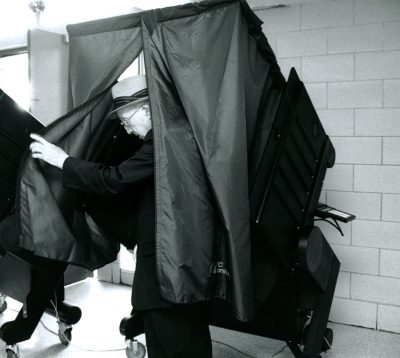
Voting by mail is slightly different than absentee ballots. When a state or jurisdiction decides to use vote by mail, as Oregon, Washington, Colorado, Utah, and Hawaii do, it means that all 100% of the ballots are mail-in ballots, sent to voters’ addresses. As election officials and leaders grappled with the challenges of voting during COVID-19, some have chosen to do mail-in votes, as Maryland did for the primary election. This quick change in plans did cause some delays and issues, but it allowed voters to safely cast their ballots without overloading polling centers, as other states experienced over the past few weeks.
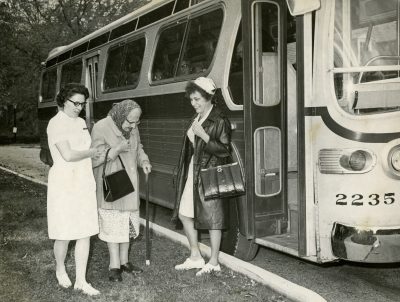
Voting by mail or voting at home as the practice is called in certain states is a reliable and accessible way to vote. Despite accusations that voting by mail leads to a rise in voting fraud, there is no more fraud than there is among in-person ballots, and these instances are easily identified. (In fact, voter fraud is a pretty rare crime overall. You can view the Heritage Foundation’s research on voter fraud to see the numbers they’ve collected of actual convicted instances of voter fraud). Rather, voting by mail has actually led to higher turnout rates, as states with the policy in place have experienced. In this report by America Goes to the Polls, about the 2018 midterm election, they found that the states with vote-by-mail policies had some of the highest turnouts in the country.
Part of this may be due to the accessibility of voting by mail. You don’t need to take time off work, you don’t need to leave your home and fight traffic to get to the polls, you don’t need to wait in line. And these issues that prevent people from voting in person disproportionately affect Black, Indigenous, and Latinx people. So, it makes sense that the states that enacted vote-by-mail had higher rates of cast ballots, as the policy solves many of the problems that people face.
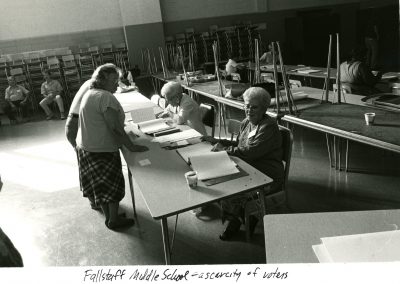
Voting by mail doesn’t directly affect election results either, other than encouraging more people to vote. As evidence, such as the work done by Standford University researchers, voting-by-mail does not actually favor one political party over another. The only change it brings is allowing more accessibility to vote for everyone, raising participation. Well, the other change is that it can actually save voters money, but otherwise, it is a safe and reliable way to vote.
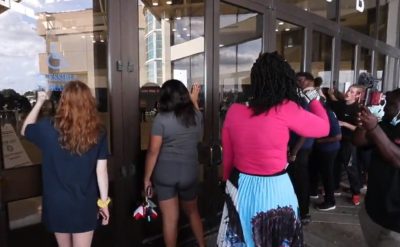
As more states experience issues such as long lines, absentee ballot mix-ups, and limited polling places, all things that cause voter suppression, it’d be worth investing more time and money in reliable and safe ways to vote, especially as the threat of coronavirus is far from over.
